(Originally posted on LiveJournal)
I like dragons. I collect dragons, but only if they are interesting looking – I’m not particularly fond of overly cutesy ones (although a do have a couple that might fit this category) or that are seen too much (although I do have a Maleficent from Disney’s Sleeping Beauty).

I hadn’t given much thought to dragons encountered in prose… until recently when I started reading Naomi Novik’s books.
So, I started thinking about various dragons that I had come to appreciate ….
Smaug, who is sly and guileful as he toys with the Invisible Thief. Somehow he always has seemed more accessible to me than Glaurung in Tolkien’s works.
Then there were Anne McCaffrey’s dragons fo Pern. Mnementh and Ramoth impressed me when I first read the books. But looking at it now, that might have been because the story requires that they be impressive. As personalities, considered from this distance, they don’t make as strong an impression on my imagination.

I’ve read Chris Paolini’s first volume. But Saphira, like the McCaffrey dragons, makes an impression because the story requires it, not because her personality wins that effect.
And then there’s my friend James A. Owen, whose whole series has dragons lurking in the background. Well, most of the dragons are lurking. And some of the previewed illustrations for volume 5 tantalize with more dragons. But I was utterly charmed and won by his Samaranth. Singular and enigmatic, Samaranth makes a powerful impression in his infrequent and short appearances in the stories.
Before I turn to Novik’s Temeraire, I have to mention R.A. MacAvoy’s Mayland Long, from Tea with the Black Dragon. He’s not really a dragon any longer, having chosen to take on human shape. But he retains a proper dragonish aura and personality.
So, I have had the Science Fiction Book Club’s omnibus edition of the first Temeraire books, and it has been sitting around for some times. I have heard and read favorable comments from friends whose evaluations I trust. My eyebrows were dubiously raised at the news that the stories involved “dragons in the Napoleonic era”. But I was willing to go along with the mix. But I still did not make the time-space available to start reading, until recently.
And was utterly charmed. First off, there is simply the high quality of Novik’s writing, effectively evoking the period, with research that shines because she handles it with great ease. But best of all is the personality of Temeraire himself. From the first moment when he asks Lawrence why he is frowning, this inquisitive dragon has been charming me. With the insistent curiosity of an active child, to his thinly veiled anxieties and jealousies, Temeraire sparkles with personality in a way few fictional dragons have – at least for me.
(I certainly recommend Novik’s work, by the way. If you haven’t read it yet, do get to it!)
So I stepped back from my list of specific fictional dragons and thought about it generally.

What is the appeal of dragons? There is something of the appeal of fictional horses, those special mounts that have deep connections with the characters that ride them. But of course, a dragon is far, far more than a horse (and they would be rightfully indignant at the comparison). Is it the “special friend” that can talk with you, on a deep personal way that no other human can match? Is it simply their otherness? Of course, the ability to fly does carry a strong appeal, but there have been giant birds in fictions that do not evoke the same response.
I have not figured it out. I love dragons. It amuses me greatly that I was born at the “tail end” of a Year of the Dragon.
But until reading of Temeraire, it would not have occured to me to muse upon what makes a strong fictional dragon, one with an indelible personality.
Comments
nellorat – Mar. 28th, 2010
I think at least when we’re young, dragons have an appeal similar to that of dinosaurs: they’re very alien, distant enough from our reality to not be REALLY frightening, but it’s cool to think about how BIG they are and how they can KICK ASS. I was more a dinosaur child, but dinosaurs can become prosaic & dragons never can.
Re dragons vs. huge birds: the latter are almost never given the ability to talk! I think an intelligent roc or phoenix would be way cool!
scribblerworks – Mar. 28th, 2010
I agree that there is a bit to the trend of interest in dinosaurs leading to dragons. I certainly was fascinated by dinosaurs when little – the different types and what their survival tactics were. But that fascination was imaginatively fed by two things then — the book The Enormous Egg (which I still think would make a fun family movie), and the fact that the Calgary Zoo had full scale concrete replicas of dinosaurs as part of the grounds. Calgary is near the Alberta regions that have many dino-fossils. And the big brontosaurus (yes, I know that it is now properly named apatosaurus, but he was a bront back then) was a major photo op spot, with a wide space of parkland in front of him.
I’m not sure what my first literary dragon really was. “Puff the Magic Dragon”?
Phoenixes have gotten short shrift in fantasy, I think, at least so far. Fawkes in the Harry Potter books is an exception, of course. But there aren’t many of them, and they don’t seem to talk much.
margdean56 – Mar. 29th, 2010
There was a book I read when I was growing up called David and the Phoenix that had an intelligent, talking phoenix. There’s also the one in E. Nesbit’s The Phoenix and the Carpet, of course.
But dragons are cool. Except when they’re hot. 😉
scribblerworks – Mar. 29th, 2010
I do recall one book about a phoenix that I read as a child, but I don’t recall what it was. It might have been the Nesbit. The part I do recall is that the phoenix need to build a nest to burn so it could rise from the ashes, and the nest needed to include cinnamon. I think. I don’t know why that detail stuck with me, but it did. It seemed especially wonderful to me.
margdean56 – Mar. 29th, 2010
That actually sounds like David and the Phoenix, because I remember that scene.
margdean56 – Mar. 29th, 2010
Do you also remember that Griffins are different from Griffens and Griffons? I know I got that from DatP.
sartorias – Mar. 28th, 2010
I think we’re fascinated with anything that is big and fast and smart and powerful. Other can also help.
The first Temeraire book showed a bit too much Patrick O’Brian without understanding of the historical understructure, but she sure fixed that fast!
The thing I really, really like about those books is that Novik is the first to show up the devoted animal companion trope as basically slavery. Wow!
scribblerworks – Mar. 28th, 2010
On the slavery matter, yes! It’s a very effective matter.
I mean, stories where the dragons are fully independent (as Samaranth is) are perfectly acceptable. But the “devoted animal companion”, when the “animal” proves to be a sentient creature capable of reason… how is it not slavery? I think McCaffrey’s dragons are on that line. Bred up from animals, those dragons seem capable of independent reasoning, and yet the telepathic bond with their riders keeps them pretty much chained. (I admit, I haven’t read any Pern books since Moretta’s Ride. I felt the writing quality fell off at that point, and it just lost me.)
But Novik’s approach opens up that whole question of the relationship of hero and “devoted animal companion”. I look back over things I’ve read, and even my own stories, and consider — how much of it is mutual choice, and how much of it is “enslavement”?
In The Ring of Adonel, my hero has a special relationship with his horse. But his horse is not magical. Even so, their relationship is one of choice, I think, even on the part of the horse.
In my material, I have plans for at least one story that will involve a unicorn-like creature – which will definitely be smaller than a horse, indeed, more like a deer. They do not speak to humans, but I intend them to be sentient. And they are not going to be treated by me as animals, although all their appearance will be such (and so they will be mistaken by characters in the stories). This is something that has been in the plans for decades. But as you say, Novik’s handling of the dragons highlights issues about “creatures in fantasies” that haven’t really been much addressed before.
sartorias – Mar. 28th, 2010
It’s a benevolent slavery, but they key is this: sentient as they are, and powerful as they are, their entire lives are in service of the human. They have no lives of their own (except for the mating and providing of dragons for future impressments in McCaffrey’s world), they have no culture of their own, in spite of that sentience, their concerns are the human’s, and they are ever ready to be summoned. That is the essence of slavery.
scribblerworks – Mar. 29th, 2010
Yup.
And I think the lack of “culture of their own” in McCaffrey’s dragons is why they pale beside Samaranth and Temeraire.
nthdraft – Mar. 28th, 2010
I tried reading the first Temeraire book. I was told it was like “Master and Commander” with dragons, which one would think would hit two of my buttons, but I didn’t get hooked, because the more I read, the more I saw it not just like “Master and Commander” with dragons, it basically was, in the sense that O’Brien’s characters and books were given the “Pride and Prejudice and Zombies” treatment. Not for me.
I really loved the concept of ‘Tea with the Black Dragon’ insofar as Mayland was concerned. But I did walk away from that book believing the writer had committed a grave literary sin which I have not forgotten to this day: why make the protagonist something as whimsical and interesting as an Irish fiddler, and then have her do nothing whatsoever with it? (this book I found because I found a wonderful filksong years ago and didn’t know it was based on a book–same way I found Hughart’s “Bridge of Birds“)
My favorite western fictional dragons are the ones in LeGuin’s “Earthsea” books. Not to be messed with, even by wizards. But I have always been more intrigued by the asiatic dragons. Haku from “Spirited Away” falls into this category.
scribblerworks – Mar. 28th, 2010
I suppose in my case, the benefit in approaching Novik’s stories is that I have not (yet) read any of O’Brien’s books. Yes, I realize that this is a failing on my part. I imagine I will get there eventually. I do know enough of the popularity of O’Brien’s books that I realized that was one of Novik’s influences (just as it’s easy enough to spot when Georgette Heyer has been a big influence on period romance writers), but I felt she did a pretty fair job of her cross-genre weaving. At least enough for me to read it on its own merits and not be weighed against the inspirations.
I agree that MacAvoy didn’t make much of the protagonist being a fiddler. I suspect it was one of those cases where the writing went galloping to the end, passing right over that point. (The heroine’s Zen interests play a bigger aspect.) The story is spare and charming, and the mystery to be solved impells things forward. It would not be an easy matter to “make more of” the fiddling. Hmm. Interesting problem (I’ve occasionally toyed with the idea of the book as a film – the fiddling is something that might be worked in, but it would have to be done carefully).
It’s been quite a while since I last read LeGuin’s books. Hmm. Memory tells me her dragons were a bit disdainful of humans, but memory can be wrong. I guess I’ll have to look again. 😀
nthdraft – Mar. 28th, 2010
about MacAvoy: as a film, yeah, it could at least be seen, even in a quick montage, flashback, anything. But in the book it was something that was mentioned a couple of times and then dropped. It’s a thin volume, so not much room for adding in that does not become padding, so there’s even more need to keep unnecessary extraneous information out. It was just mentioned and dropped. I spent the entire mystery part being distracted waiting for that shoe to drop and for the fiddling to become important, and so, it derailed it for me. I had to reread it without paying attention to the fiddling mentions, then it was fine, but it kind of ruined that first read through waiting for the planted information to take root.
It would make a pretty cool movie. Hollywood will never touch it though, darnit.
sartorias – Mar. 28th, 2010
Patrick O’Brian, actually. (You won’t find his works under O’Brien. Kinda like you won’t find Pride and Prejudice under ‘Jane Austin’)
nthdraft – Mar. 28th, 2010
I originally wrote “O’Brian” and then for some reason thought it didn’t look right and second guessed myself. Too lazy to go to the bookshelf and check. Whoops.
sartorias – Mar. 28th, 2010
Well, O’Brien is the usual spelling, and he made up the name for himself, but for purposes of future looking up, I offer the correction.
scribblerworks – Mar. 29th, 2010
Add me to the “Ooops” column.
At least my excuse is that (1) I haven’t read the books, and so have not had the name on a book cover in front of me, and (2) I’m used to spelling the B part of the name as “Brian” since that’s my cousin’s name. 😀
How’s that for feeble? But thanks!
sartorias – Mar. 29th, 2010
Like I said, O’Brien is a more usual spelling, so it’s easy to err.
 The spokesman starts talking about the company and how approachable its representatives are. He begins his speech on the sidewalk outside a cafe that has some sidewalk seating. He enters the cafe, and the camera swings around, showing the nice ambiance and the attentive wait-staff. The spokesman walks through and eventually claims a seat, all the while still talking about the wonderfulness of State Farm.
The spokesman starts talking about the company and how approachable its representatives are. He begins his speech on the sidewalk outside a cafe that has some sidewalk seating. He enters the cafe, and the camera swings around, showing the nice ambiance and the attentive wait-staff. The spokesman walks through and eventually claims a seat, all the while still talking about the wonderfulness of State Farm.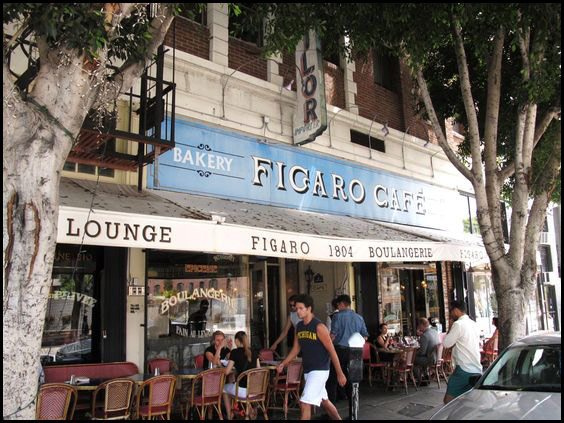 It got me to thinking about the whole product placement thing in movies and TV. Some grouse about the practice. Me, I find it depends on how it is done. Sometimes it is really awkward and clunky, and sometimes it flows rather naturally. That second type I don’t mind. The first I do.
It got me to thinking about the whole product placement thing in movies and TV. Some grouse about the practice. Me, I find it depends on how it is done. Sometimes it is really awkward and clunky, and sometimes it flows rather naturally. That second type I don’t mind. The first I do.
 But it set me wondering about numbers and the meaning we give to them. It’s been a little bit on my mind because in the course of tidying up my apartment, I came across (again) the folder that had a number of my elementary school report cards and some other test reports.
But it set me wondering about numbers and the meaning we give to them. It’s been a little bit on my mind because in the course of tidying up my apartment, I came across (again) the folder that had a number of my elementary school report cards and some other test reports.
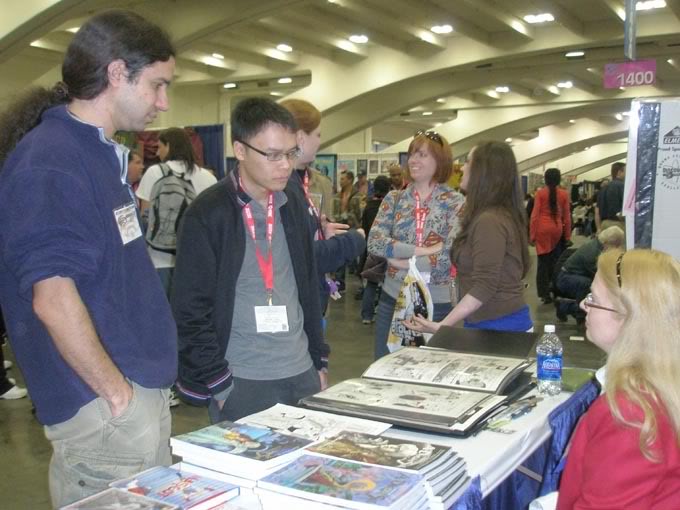



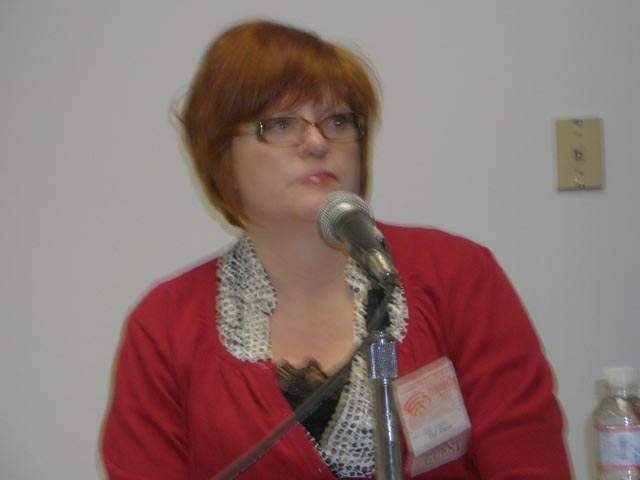
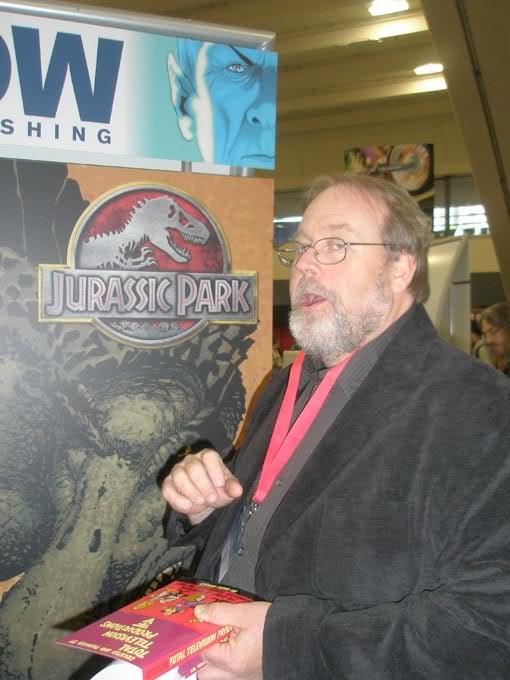




 It’s something I run across more and more these days, the in-jargon of a particular arena. It doesn’t even matter what sort of arena it is, it happens everywhere. Communities develop their own “in-group” references that can baffle an outsider who enters in. And very few people think to offer translations that will help a newbie/outsider quickly get into the flow.
It’s something I run across more and more these days, the in-jargon of a particular arena. It doesn’t even matter what sort of arena it is, it happens everywhere. Communities develop their own “in-group” references that can baffle an outsider who enters in. And very few people think to offer translations that will help a newbie/outsider quickly get into the flow.
 The brand he had encountered was Chuao, and the bar was called “Spicy Maya”. It is, according to its label, a “dark chocolate bar infused with pasilla chile and cayenne pepper”. (Now, mind you, I’d always understood the spelling c-h-i-l-e to reference the country and not the hot, vegitive food substance. But that’s what’s on their label, so I’ll go with it.)
The brand he had encountered was Chuao, and the bar was called “Spicy Maya”. It is, according to its label, a “dark chocolate bar infused with pasilla chile and cayenne pepper”. (Now, mind you, I’d always understood the spelling c-h-i-l-e to reference the country and not the hot, vegitive food substance. But that’s what’s on their label, so I’ll go with it.) Okay, starting out, we’re dealing with dark chocolate here, not milk chocolate. So the flavor of the chocolate itself is stronger, and actually a bit less sweet than your milk chocolate. That will please those who usually like dark chcolate.
Okay, starting out, we’re dealing with dark chocolate here, not milk chocolate. So the flavor of the chocolate itself is stronger, and actually a bit less sweet than your milk chocolate. That will please those who usually like dark chcolate.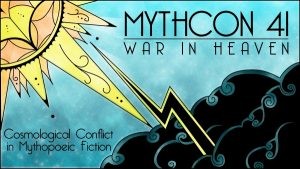 After all, it’s actually been quite a while since I last applied myself to a piece of scholarship. I need to exercise those brain muscles. What to do? What to do?
After all, it’s actually been quite a while since I last applied myself to a piece of scholarship. I need to exercise those brain muscles. What to do? What to do?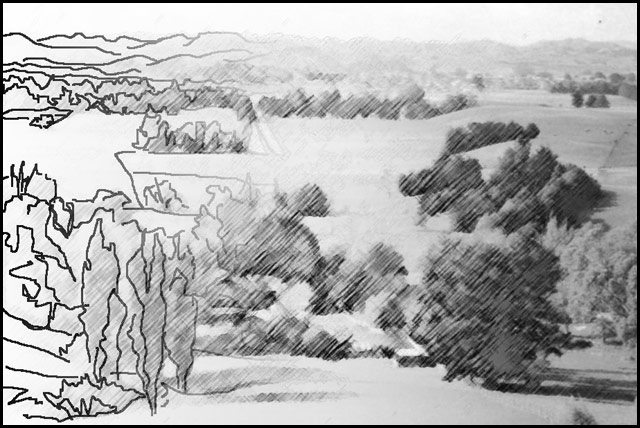 When I went back through the pages, I realized that it was because just about all the description was carried by a “adjective plus noun” structure. Almost all the key nouns were tagged with adjectives or adjectival conjunctions. The constant repetition of this formula flattened out the effect of the details.
When I went back through the pages, I realized that it was because just about all the description was carried by a “adjective plus noun” structure. Almost all the key nouns were tagged with adjectives or adjectival conjunctions. The constant repetition of this formula flattened out the effect of the details.
